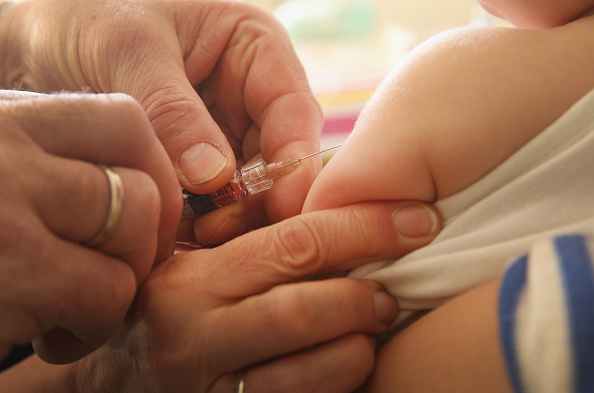
The vaccine against Haemophilis influenza Type B (HiB) is used to protect young children against a bacterium that causes meningitis, pneumonia, and other problems. But this routinely used vaccine appears to reduce the risk of the most common childhood cancer, acute lymphoblastic leukemia (ALL), and researchers now know why it does.
HiB usually causes a controlled immune response in children who are exposed to it early in life. But research in mice has found that, in some cases, a HiB infection causes a strong immune response that unleashes two enzymes. These enzymes in turn cause mutations in certain blood cells and cause them to turn malignant. In the children who experience this over-reaction and enzyme formation, leukemia is likely to develop when they are between 5 and 7 years old.
The HiB vaccine prevents HiB infections, but it does not appear to prevent all cases of leukemia due to HiB. However, it does appear to provide a 20% reduction in risk of leukemia in children who receive it. Even this partial reduction in risk would mean a large reduction in the number of cases of ALL in a large population.
"These experiments help explain why the incidence of leukemia has been dramatically reduced since the advent of regular vaccinations during infancy," Markus Müschen, M.D., Ph.D., professor of laboratory medicine at University of California-San Francisco, said in a statement. Researchers are now looking at other types of infections to see if they are connected to the formation of other cancers and to see if other vaccines provide similar protections.
HiB vaccine is a series of four doses starting at age 2 months. The most common reaction is mild fever and redness or swelling at the injection site. Before HiB vaccine was introduced in the 1980s, there were an estimated 20,000 cases of HiB infection a year. This incidence has declined by 99% since the vaccine was introduced. HiB infections in adults have dropped because they caught the infection from children carrying the bacterium.
